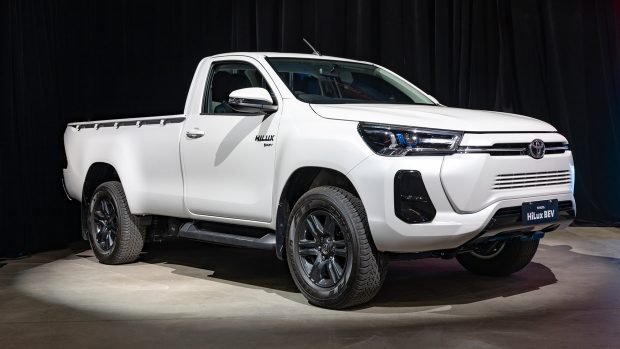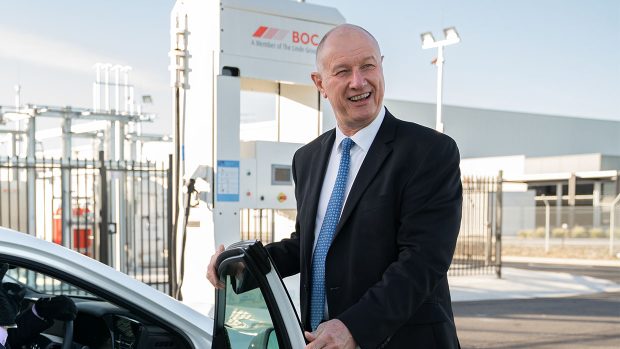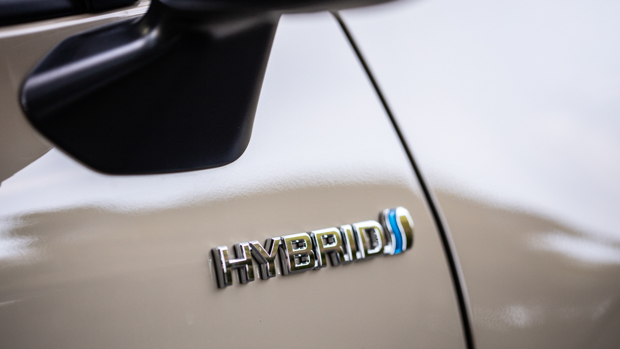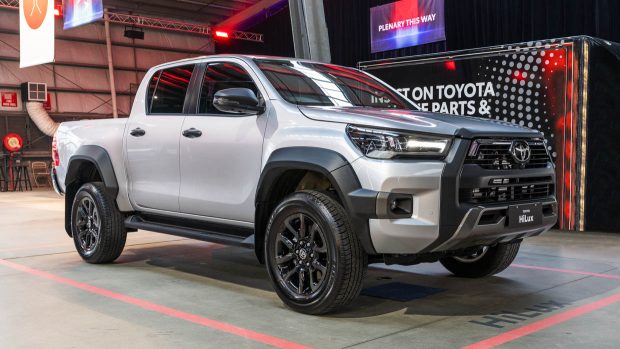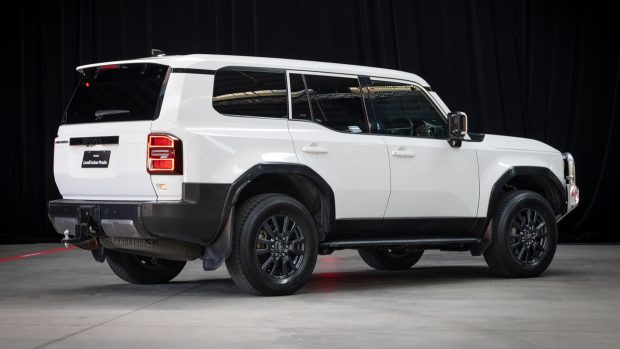-
Car Reviews
- All reviews
- Midsize SUVs
- Small cars
- Utes
- Small SUVs
- Large SUVs
- Large cars
- Sports SUVs
- Sports cars
- Vans
Latest reviews
- Car News
-
Car Comparisons
Latest comparisons
- Chasing Deals
Australia’s most popular car manufacturer commits to multiple drivetrain technologies long-term, while saying critics are too often “playing a short game”
Toyota Australia has again defended its vehicle electrification strategy, committing to a “multi-pronged, diverse powertrain approach,” while saying its critics “too often are playing a short game.”
Toyota hosted a giant dealer event in Melbourne, showcasing eight new vehicles – including its battery-electric Hilux Revo BEV Concept – while insisting it was committed to “leaving no motorist behind” as the market transitioned to more expensive electric vehicles.
Toyota Australia’s vice president of sales and marketing, Sean Hanley, gave a defensive and impassioned speech to media at the showcase, ahead of presenting a right-hand-drive Tundra hybrid, the new generation all-hybrid C-HR SUV and the BZ4X SUV – set to be the brand’s opening full-EV salvo next February.
In a dig at rival car makers, Mr Hanley stated Toyota was “perhaps an easy target for groups who manufacture nothing more than media releases,” in relation to optimistic carbon neutral promises.
“We’re certainly prepared to wear that. Our critics are entitled to their views. It’s true some nations have announced a timeline for banning internal combustion engines, and some automotive manufacturers have said they’ll electrify their entire ranges within the next five to ten years or so.”
Ford Europe wants its passenger vehicle range to be EV-only by 2030, Volvo Australia says by 2026; Fiat wants EV-only between 2025-2030 and Mercedes-Benz and Mini from 2030.
Mr Hanley said: “If they live up to their promises, well quite frankly that’s great. But one thing is becoming clearer as we go on this journey, and that’s the need to look a little closer at the fine print.”
Toyota says it intends on being carbon neutral globally by 2050; a pragmatic expectation compared to many other car brands.
But Toyota has every right to take the moral high ground in some matters.
While the Honda Insight was first to market with a production hybrid, Toyota introduced its first Prius hybrid in October 2001.
In the intervening years, hybrid rivals have come and gone. But Toyota’s been “pursuing and promoting the technology year after year, more or less on our own,” said Mr Hanley.
Toyota has an unbroken record of having a hybrid in market from that initial Prius launch up to today – well over two decades.
“As a result of our long-term approach, Toyota customers are already making a substantial contribution to lowering carbon emissions,” said Mr Hanley.
Last year, Toyota sold a record 72,815 hybrids in Australia – the RAV4 Hybrid the best-seller with 26,547 units.
Toyota claims its all-time electrified sales of 315,087 vehicles (up until the end of 2022) calculates to reducing tailpipe emissions by the same amount as approximately 95,000 battery-electric vehicles.
Such figures show Toyota’s proven success in building and selling hybrids which lower fuel consumption and reduce carbon emissions. This strategy does present a better net gain than brands selling just a handful of battery electric vehicles in their lineups.
“One-third of our sales today are electrified,” said Mr Hanley. “That’s a share that I believe will accelerate beyond 50 percent within two years, thanks solely to our full hybrid electric, and our upcoming battery electric vehicles.”
Mr Hanley made it clear the brand’s incoming vehicles fitted with 48-volt technology (Hilux and all-new Land Cruiser Prado) wouldn’t be included in that electrified number.
A 48V system helps improve economy by powering the likes of the stop/start operation, steering, pumps, fans and fitted accessories.
Unlike other brands calling 48V-equipped vehicles “mild hybrids”, Toyota doesn’t want to confuse these with its hybrids, where the car can drive using electric only for a short distance.
The multi-pronged approach is key, Toyota says, to not leaving buyers behind who could not afford a full EV, or it wasn’t suited to their circumstances.
“Whether it’s battery-electric vehicles, fuel-cell electric, or hybrid-electric, Toyota is dedicated to offering customers a wide range of powertrain options on the journey towards carbon reduction,” said Mr Hanley.
Latest news
About Chasing cars
Chasing Cars reviews are 100% independent.
Because we are powered by Budget Direct Insurance, we don’t receive advertising or sales revenue from car manufacturers.
We’re truly independent – giving you Australia’s best car reviews.
